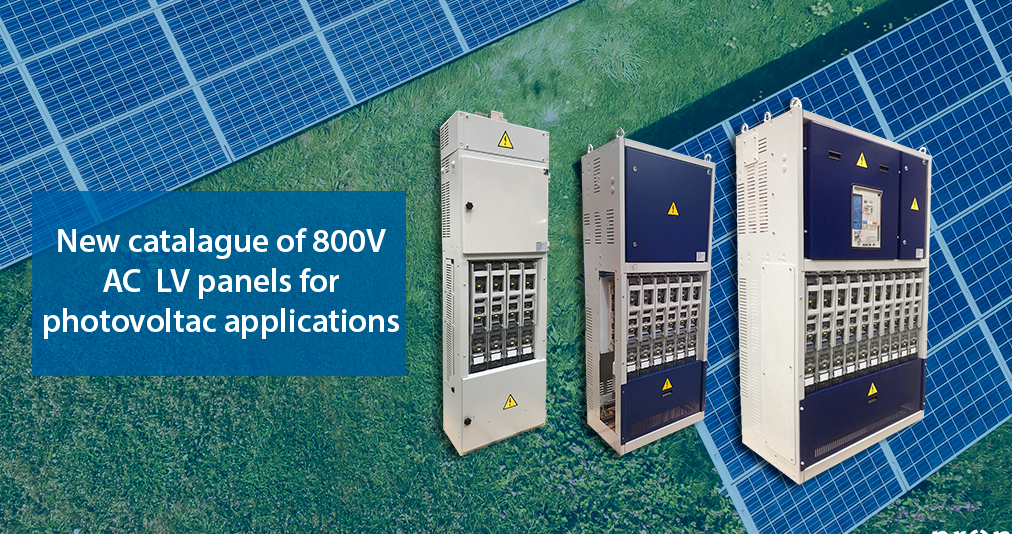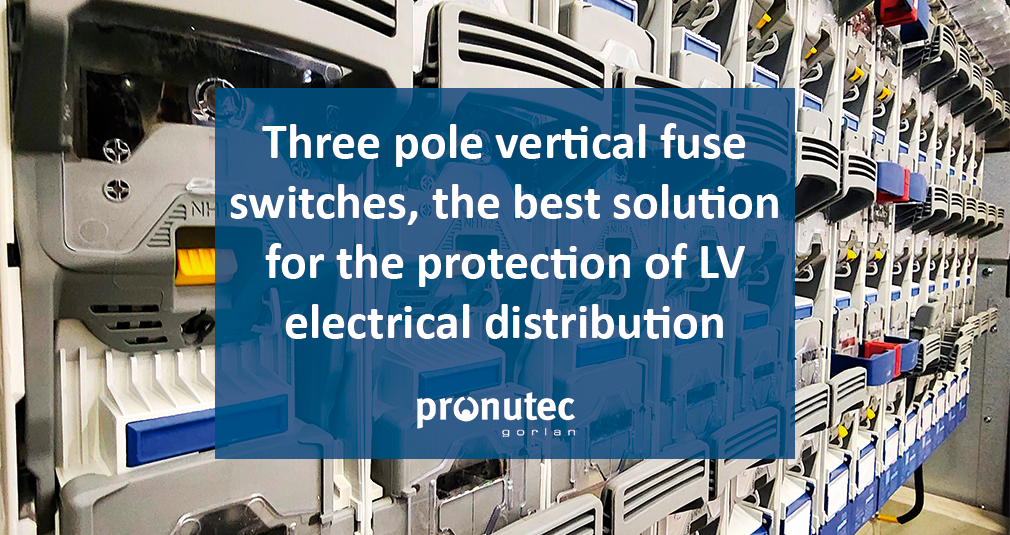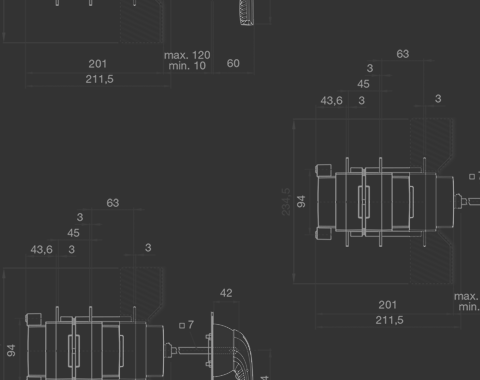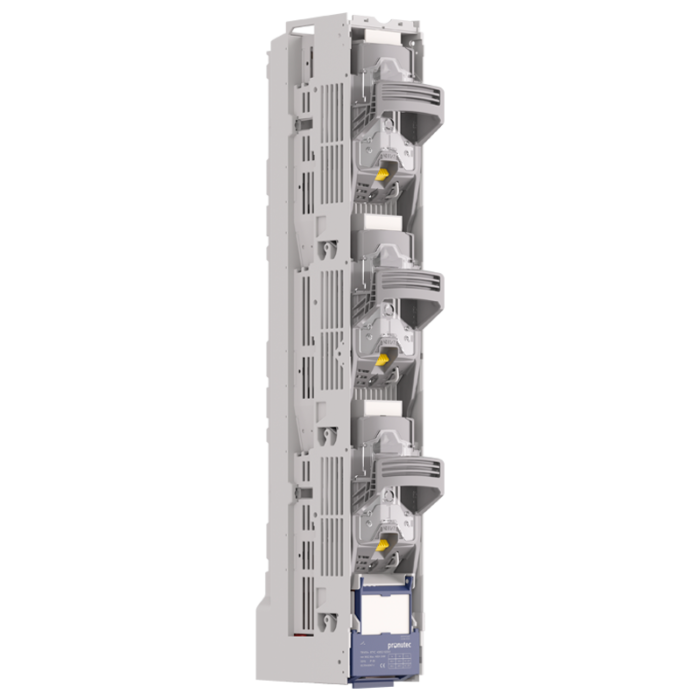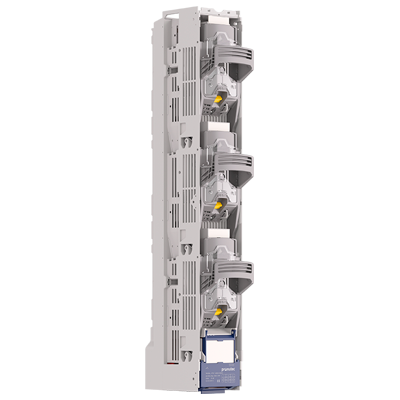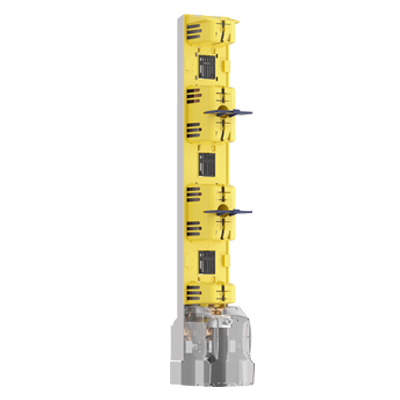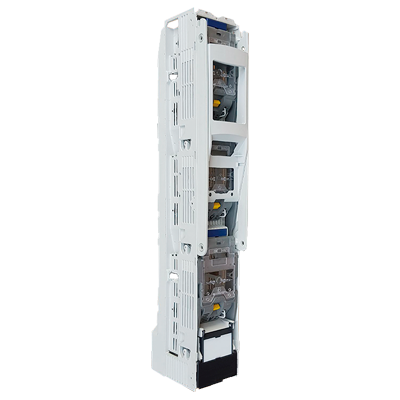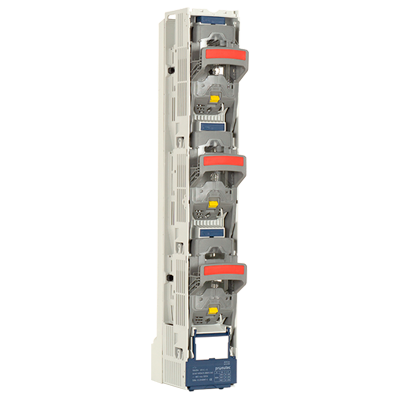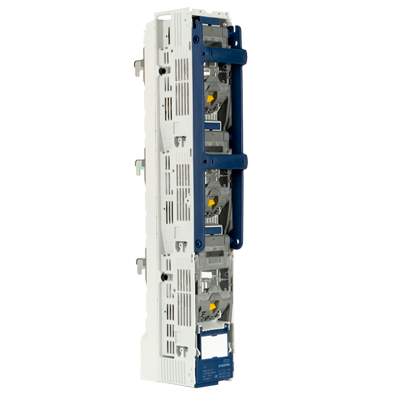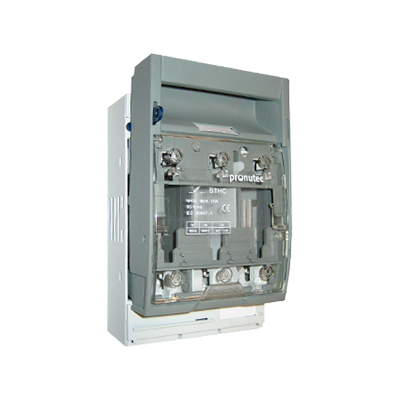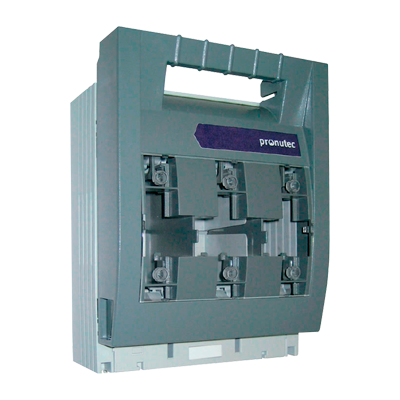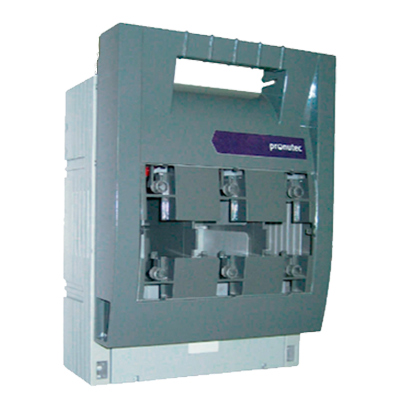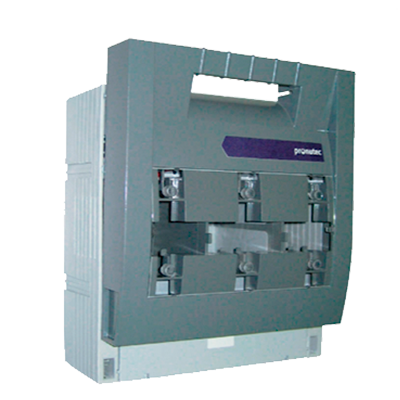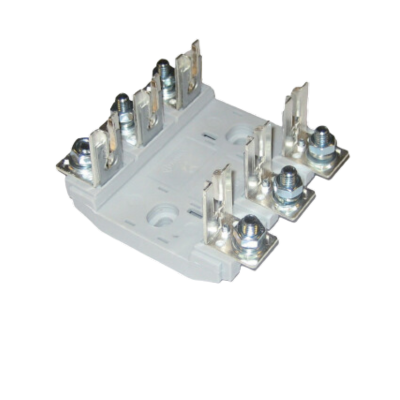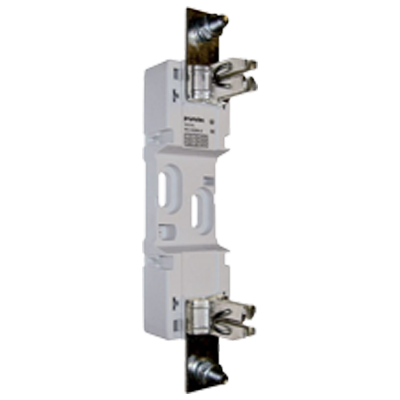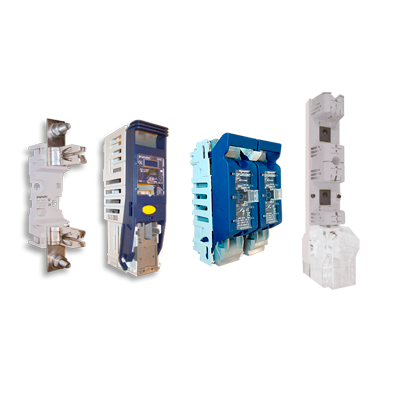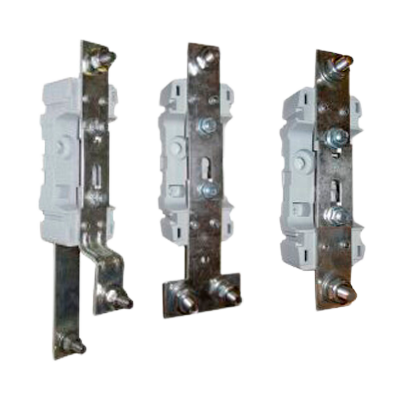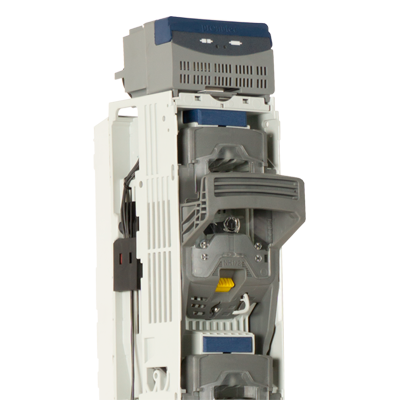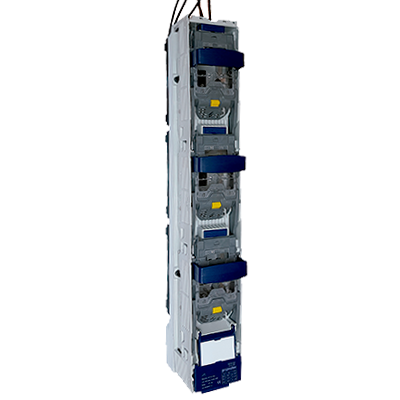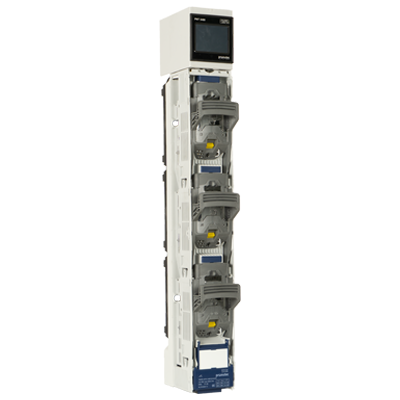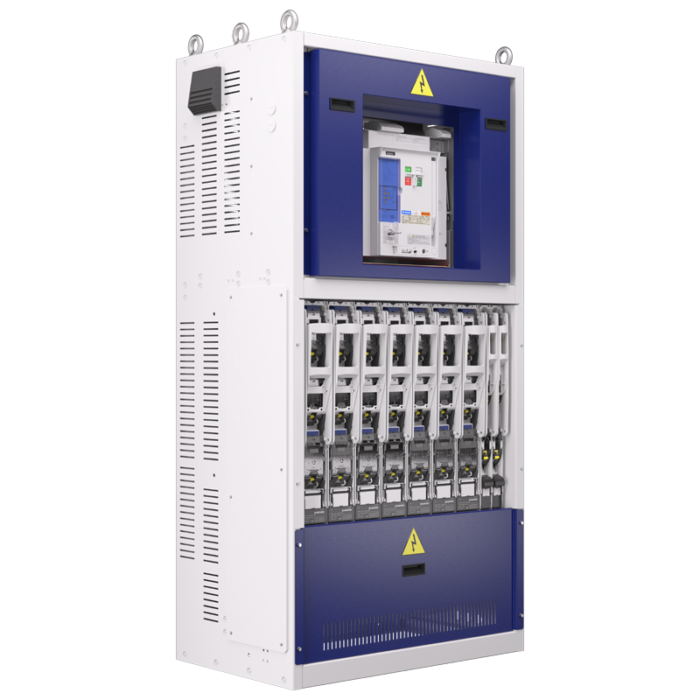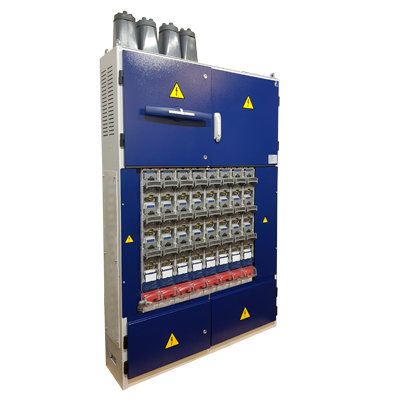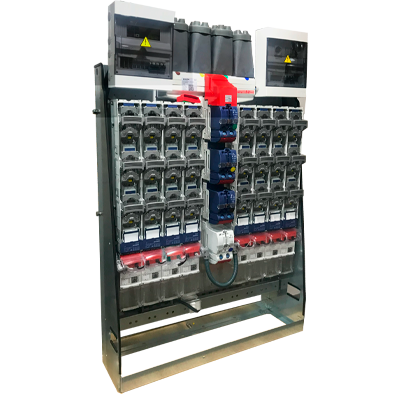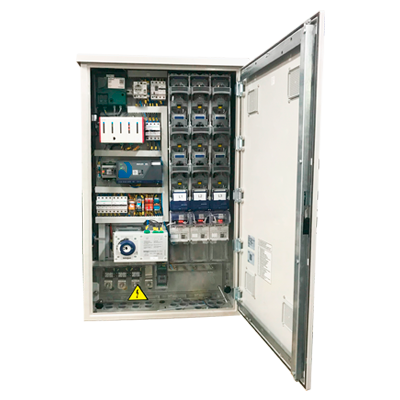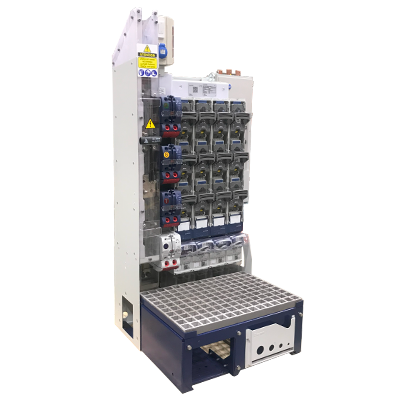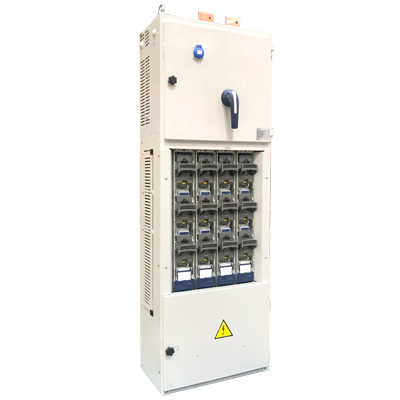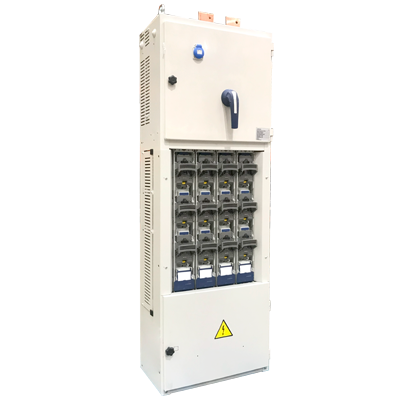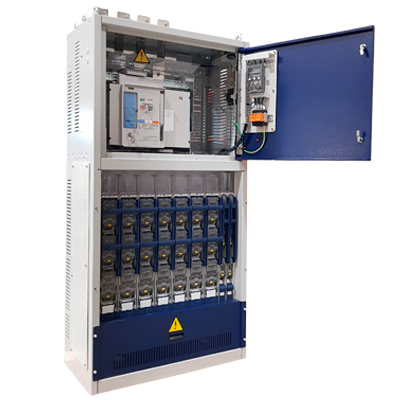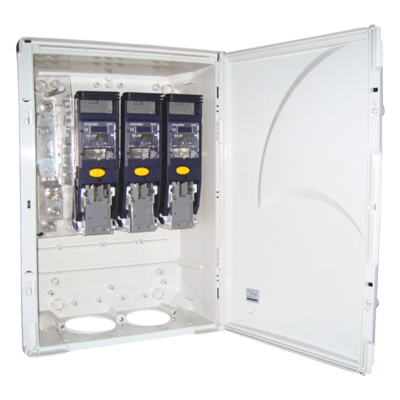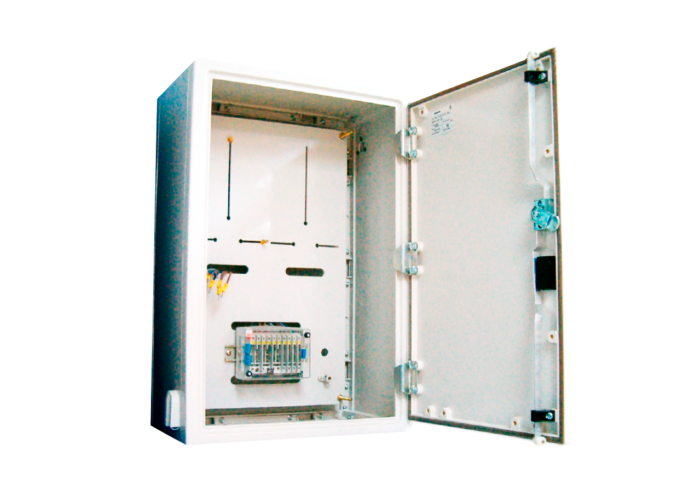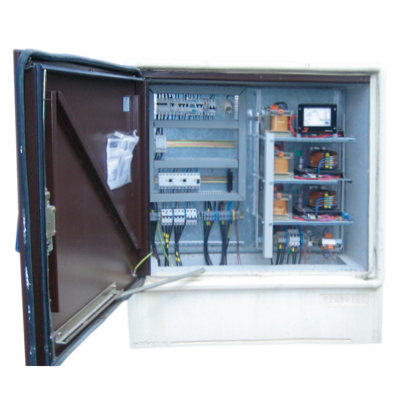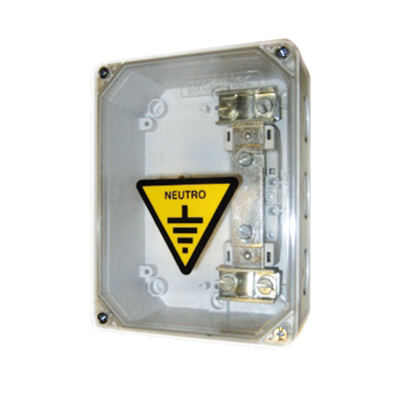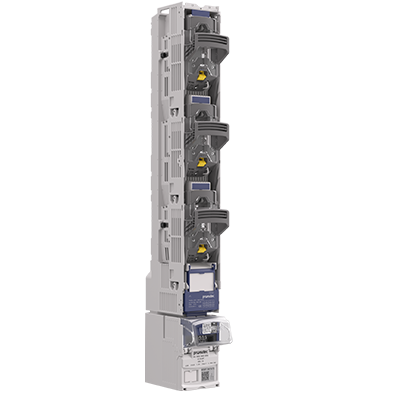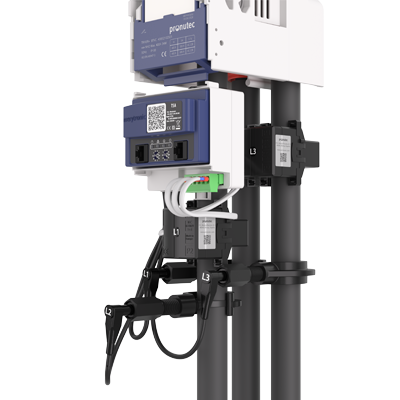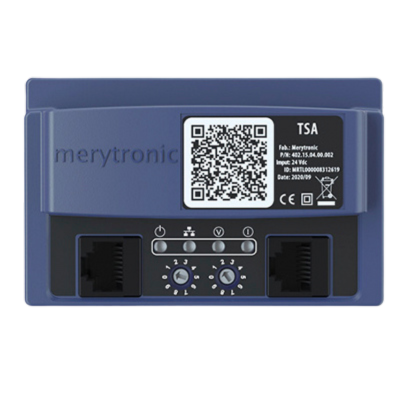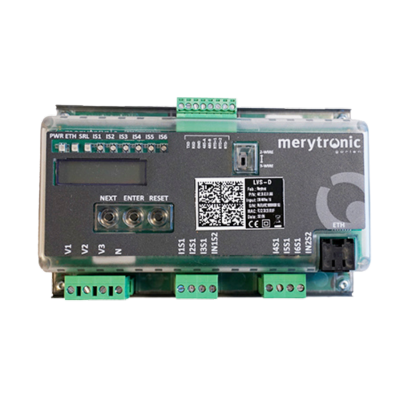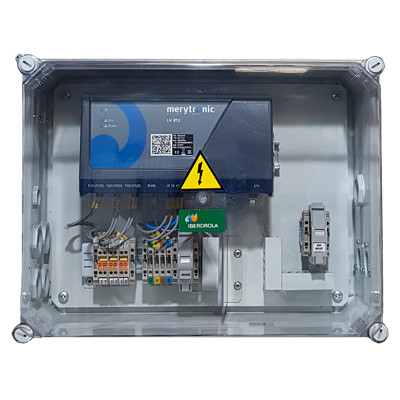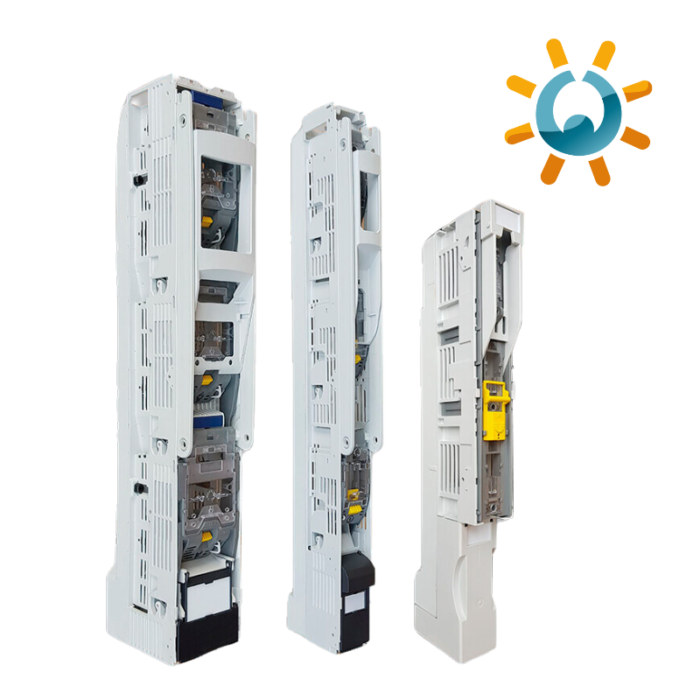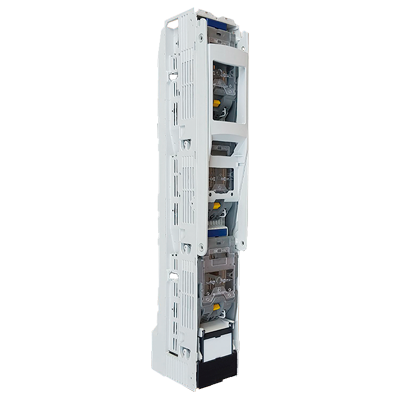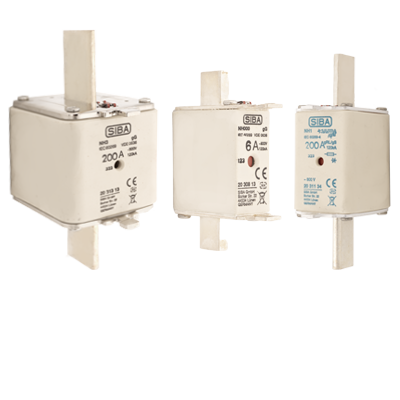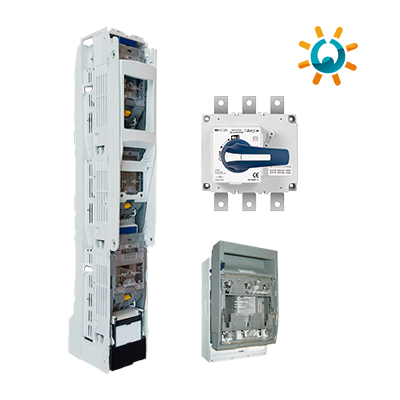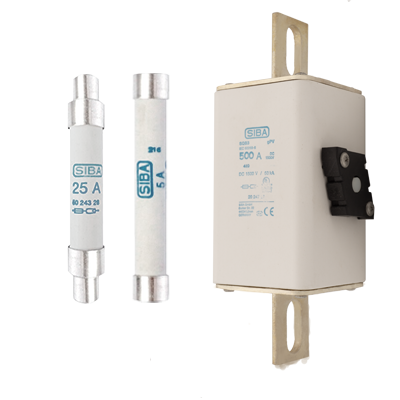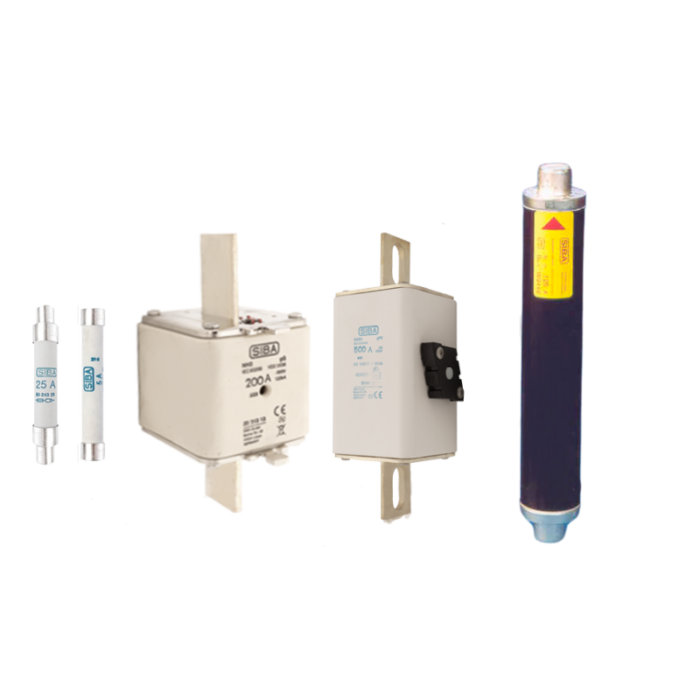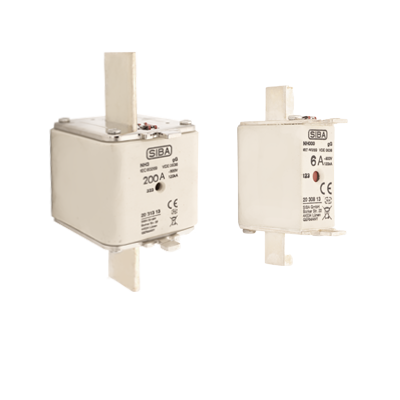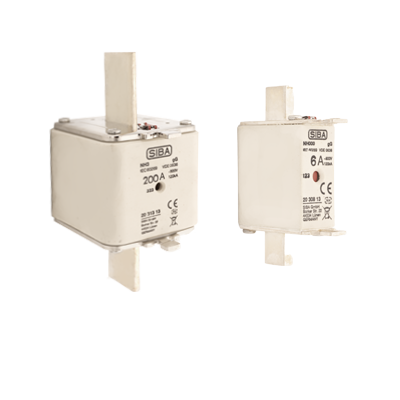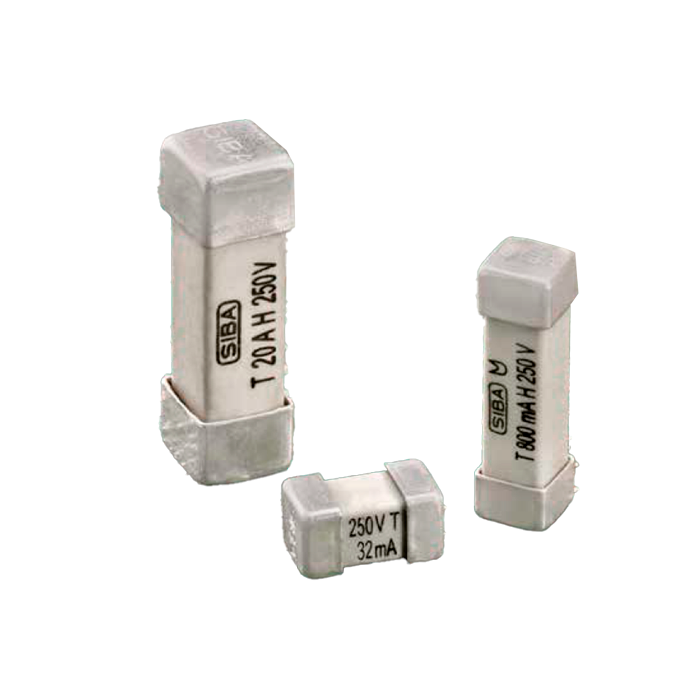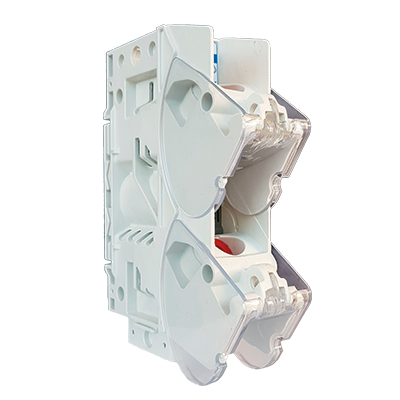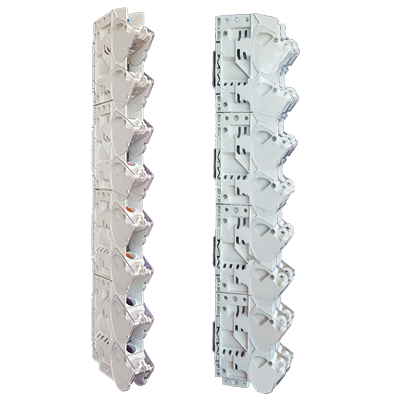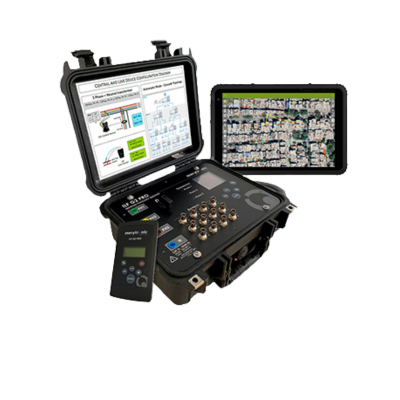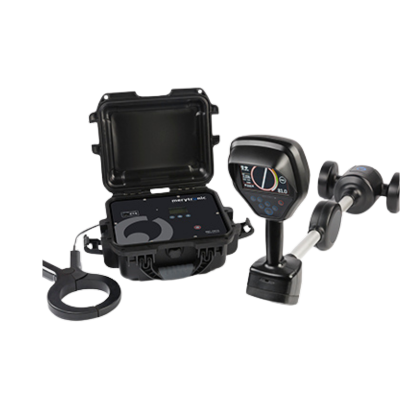
Electric Vehicle Charging Modes according to the IEC 61851-1 Standard
Electric vehicle (EV) charging is a crucial issue in the move towards sustainable mobility. There are different charging modes that vary depending on the power and current demanded. The power of the charging point determines the speed at which an EV can be charged, and these modes are defined in the IEC 61851-1 standard, numbered from 1 to 4.
Charging Modes
Modes 1, 2 and 3: Slow and Semi-Fast Recharging
Slow and semi-fast charging modes (Modes 1, 2 and 3) are the most common for domestic applications, homes and communal garages. These modes require low power and relatively simple infrastructure:
- Mode 1: Uses a standard power socket and is the most basic, providing very slow recharging.
- Mode 2: Incorporates a control device between the socket and the vehicle, providing greater security.
- Mode 3: Uses a specific charging point and can offer higher power, being the most common in domestic and semi-public installations.
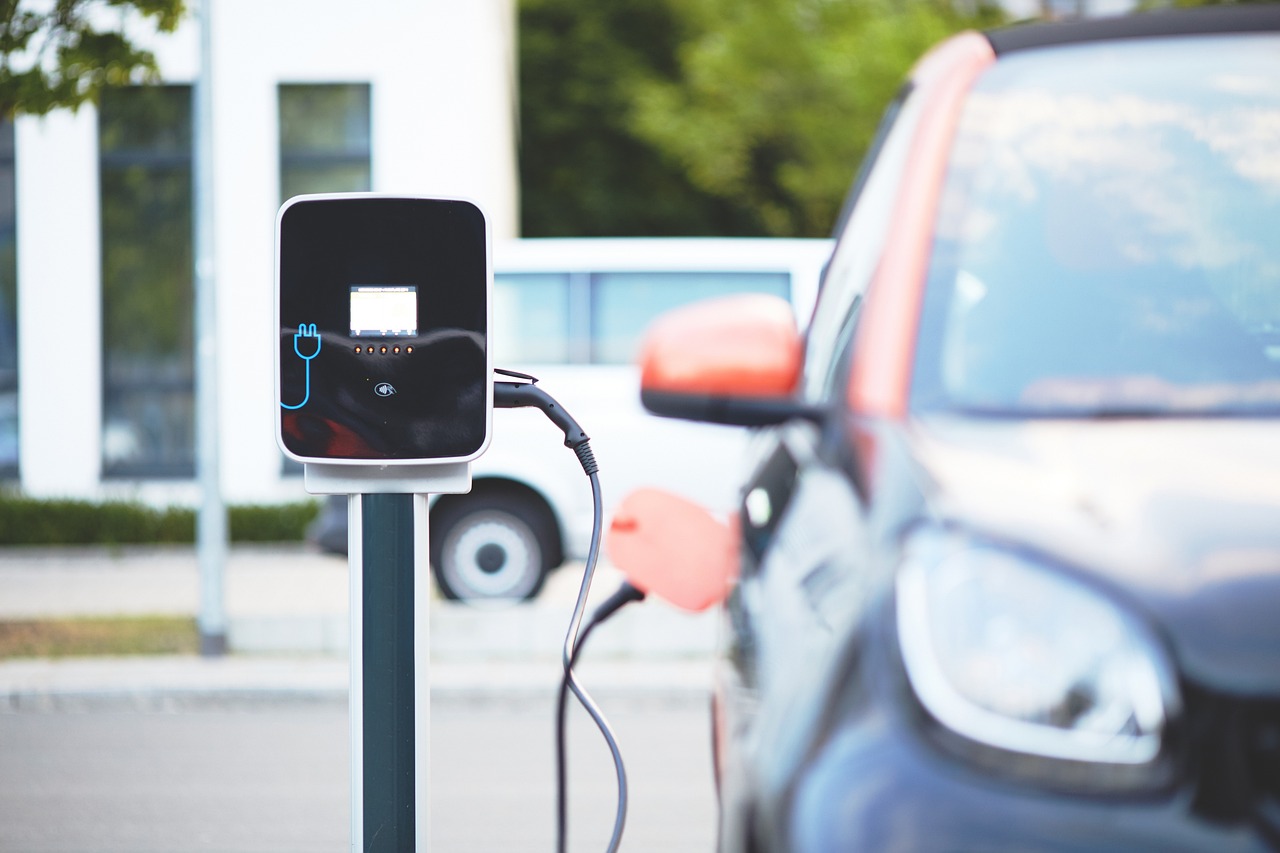
Mode 4: Fast and Ultra-Fast Recharging
Mode 4 is used in public charging points, commercial charging points and electric mobility stations. It requires a more complex and high-powered infrastructure, requiring the use of specific industrial-type equipment.
In this case, the installation usually requires the existence of a nearby transformer station, where one or more distribution lines will be dedicated to the Specific Electric Vehicle Power Systems (SAVE). In addition, the SAVE in Mode 4 includes an AC to DC converter, essential for fast charging.
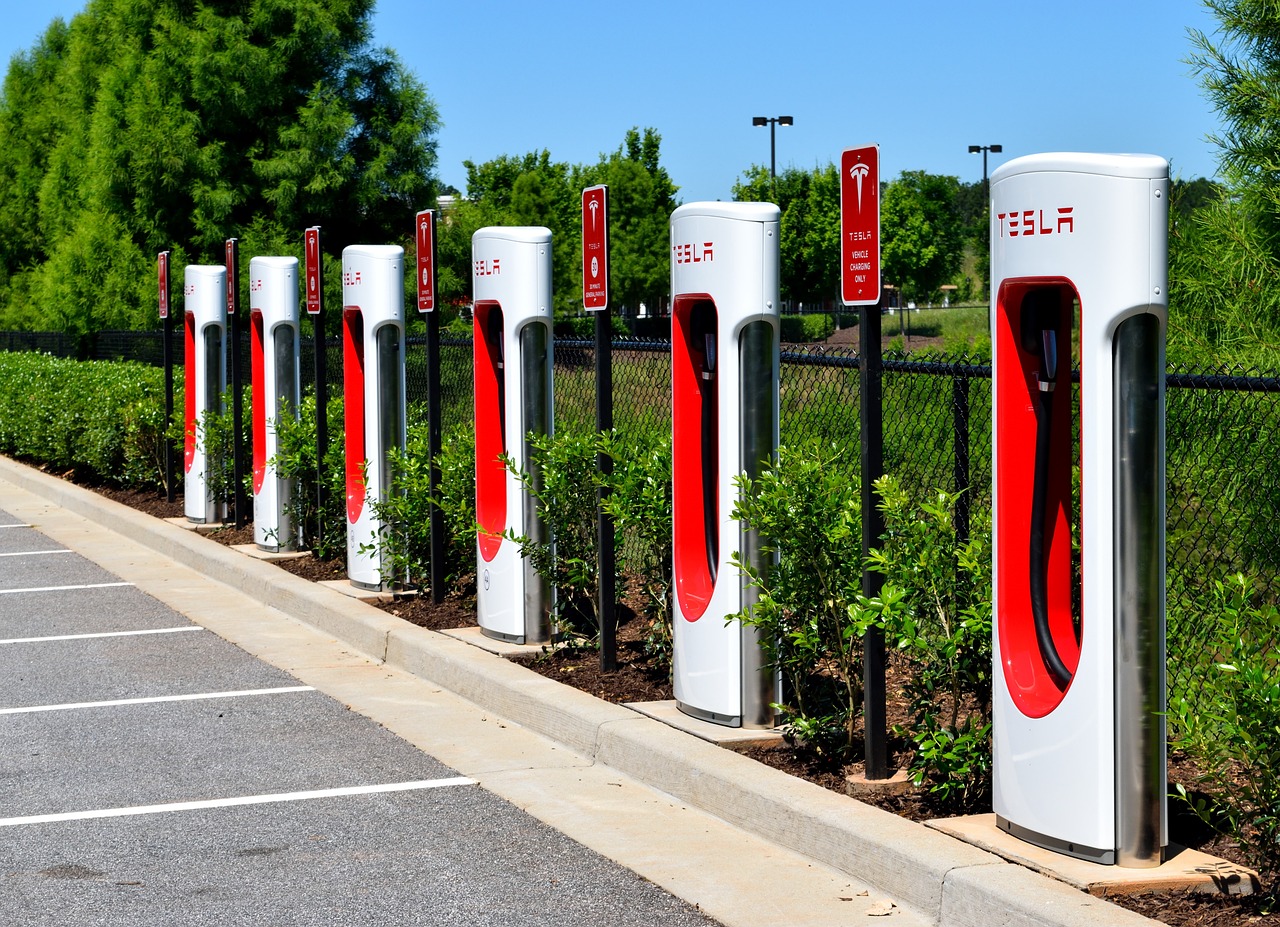
Status of Public Charging Infrastructure in Europe
The public charging infrastructure in Europe is still insufficient compared to the targets set by manufacturers and authorities for the decarbonisation of the automotive sector. Despite millions of dollars of investments by manufacturers to create a competitive electric vehicle offer, the deployment of the necessary infrastructure remains slow.
To alleviate this situation, many vehicle brands have invested in the deployment of public fast chargers, understanding that fast charging is crucial to connect the continent and facilitate long journeys without worrying about battery range. The construction of an ultra-fast charging network is increasingly necessary in Europe, requiring the integration of innovative solutions for a safe and efficient energy supply.
Challenges and Future of Electric Vehicle Charging
Electric utilities and private companies face both technical and administrative challenges in the deployment of charging infrastructure. At the administrative level, the bureaucracy of obtaining licences and high-power electrical connections, especially in rural areas, complicates the installation of new charging points.
Ensuring ongoing research is vital to enable cutting-edge, future-proof technology, with charging points offering up to 350 kW and 500 A power. This effort is a reality in many cities and is crucial for the development of a charging network to support the growing demand for electric vehicles.
In conclusion, the evolution of electric vehicle charging infrastructure is an essential component for the success of electric mobility. Collaboration between manufacturers, the public and private sector, as well as the removal of administrative barriers, will be crucial to achieve the goals of decarbonisation and sustainability in transport.
Related News
New catalogue of 800V AC combiner panels for photovoltaic applications!
At Pronutec, we have been providing innovative and durable solutions for the photovoltaic sector for...
Fuse switches, the best solution for the protection of LV electrical distribution
What is a three pole vertical fuse switches? At Pronutec we design and develop a...




